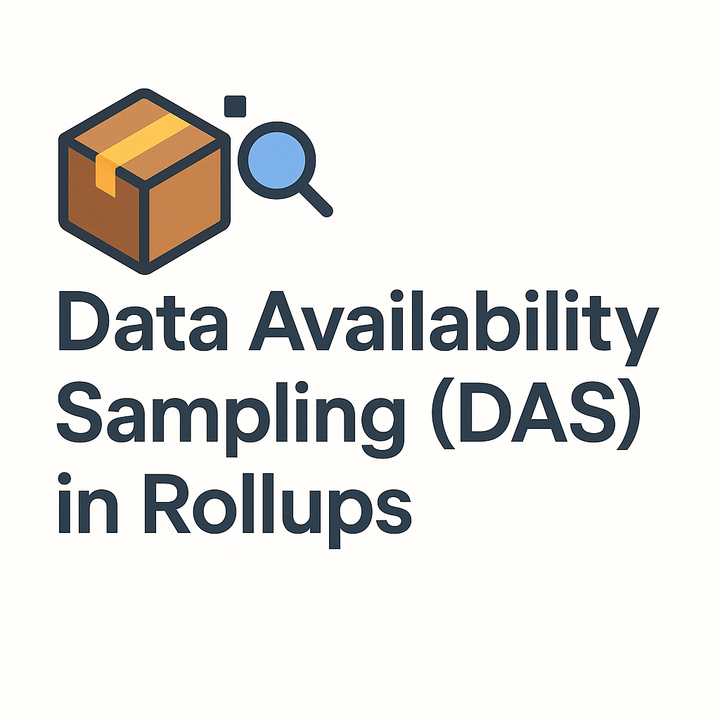Locked LPs Are Outdated, The Future is Programmable, The Future is Mitosis!

What if your LP position could do more? What if your liquid staking assets were tradeable?
Liquidity is the soul of DeFi, fueling every transaction, yield opportunity, and governance decision. As blockchain ecosystems expand, liquidity naturally moves across chains in search of the best returns and opportunities. But the current system is fragmented and inefficient. How can we make liquidity flow smarter, more sustainable, and truly programmable?
Current DeFi Liquidity Markets is Capital Inefficient
Capital inefficiency is one of the biggest challenges in today’s DeFi liquidity markets. Most liquidity provisioning models require assets to be locked in pools, limiting their usability elsewhere. In other words, LPs (Liquidity Providers) are unable to use their capital for other yield strategies, collateralization, or governance participation. This turns liquidity provision into an opportunity cost rather than an efficient and flexible strategy.

As a result, DeFi liquidity remains fragmented and unreliable. When assets are locked without flexibility, liquidity providers face trade-offs, and protocols struggle to maintain sustainable liquidity. To solve this inefficiencies, Mitosis introduces Programmable Liquidity, a system designed to make liquidity more sustainable, efficient, and fair for all participants in the DeFi ecosystem.
How Liquid LP Positions Improve DeFi Capital Efficiency
So, how do we solve the problem of capital inefficiency? By making LP positions liquid!

Imagine a system where liquidity providers (LPs) aren’t forced to lock their assets indefinitely. What if LP positions could be freely moved, traded, or used across DeFi applications just like regular tokens? Instead of being stuck in a single liquidity pool, LPs would have the flexibility to leverage their assets for additional yield opportunities, collateralization, or governance participation, all without having to unstake and withdraw their funds.
This approach removes the opportunity cost traditionally associated with providing liquidity. It allows DeFi participants to maximize capital efficiency while ensuring liquidity remains active and accessible in multiple protocols at once. Mitosis achieves this through Programmable Liquidity, which introduces tokenized liquidity positions that unlock new possibilities for liquidity providers and protocols alike.
What is Programmable Liquidity?
Programmable Liquidity, a system designed to make liquidity more efficient, flexible, and usable across DeFi. Unlike traditional liquidity provision, where assets are locked in pools and become illiquid, Programmable Liquidity tokenizes liquidity positions, allowing them to be traded, composed, and utilized across multiple DeFi applications.
Let’s say you provide ETH liquidity to a DeFi protocol on Mitosis. In most cases, your assets would be stuck in that liquidity pool, only earning rewards from that single protocol. If you wanted to use your liquidity elsewhere, maybe as collateral for lending or to trade against another asset you’d have to unstake, withdraw, and redeploy, leading to inefficiencies and lost opportunities. With Mitosis, liquidity is tokenized and modular, allowing greater flexibility without compromising rewards.
Assets in Programmable Liquidity
To realize the concept of Programmable Liquidity, Mitosis introduces three key asset types:
Vanilla Assets

Vanilla Assets are the simplest form of tokenized assets in the Mitosis ecosystem. They act as 1:1 representations of deposited assets, meaning they directly reflect the original asset’s value without any additional functionality.
- How it works?
- As a modular blockchain, Mitosis doesn't have concept of "bridging"
- You deposits into Mitosis vaults across different chains and Vanilla assets will be automatically minted on the Mitosis chain. Ex: ETH on Monad chain
- You deposits ETH on the Monad chain then Vanilla ETH will automatically created on Mitosis chain
- Vanilla assets serve as the base layer of liquidity in Mitosis, you can use these vanilla assets to deposit into EOL/Matrix product
- This means:
- Vanilla assets is a base assets act as 1:1 representation of deposited assets, you can convert Vanilla Assets into miAssets (for tradeability) or maAssets (for optimized yield strategies)
miAssets

miAssets are tokenized representations of liquidity positions in the Mitosis ecosystem. Unlike traditional LP tokens, which are often illiquid and stuck in pools, you can freely move, trade, or utilize miAssets across DeFi without needing to withdraw your funds.
- How it works?
- You deposit asset into Mitosis vault. Ex: ETH
- In return, you receive miETH representing your stake in the vault
- Unlike traditional LP tokens, miAssets are fully transferable and composable in DeFi. You can trade miAssets in DEXs or use them as collateral in lending protocols
- This means:
- you can trade, lend, or stake your miAssets instead of being stuck in a single liquidity pool
- miAssets accumulate interest over time, making them an ideal passive income tool
- More efficient capital deployment, You don't have to choose between providing liquidity and accessing funds, you can do both
maAssets

maAssets are programmable liquidity tokens that represent a user's liquidity commitments within Mitosis' Matrix liquidity campaigns. Unlike traditional LP positions that remain static, maAssets allow liquidity to be utilized more efficiently, providing enhanced yield opportunities based on time-bound commitments to specific protocols.
- How it works?
- You choose a specific Matrix liquidity campaign with predefined lock-up periods, reward structures, and accepted asset types, then deposits liquidity into Matrix liquidity campaign. Ex: ETH
- Once a deposit is made, you receive maETH as a receipt token to tracks the underlying capital and determines eligibility for rewards from the campaign
- Your iquidity will be locked and actively deployed across different yield-generating strategies to maximize returns
- When the lock-up period expires, you can redeem your maETH for the original deposit plus accrued rewards and additional incentives such as governance tokens or rewards points
- This means:
- With maAssets you can participate in curated, high-yield liquidity campaigns to maximize yield opportunity
- Instead of idle liquidity, assets are allocated strategically for optimal returns which means more efficient capital deployment
- Each campaign has predefined rules, making it easy for users to plan and manage liquidity.
Mitosis Solving Capital Inefficiency in Current DeFi Liquidity Markets
Capital inefficiency is a fundamental problem in DeFi. Traditional liquidity models require assets to be locked in pools, restricting their usability and limiting capital efficiency. Mitosis' Programmable Liquidity changes this by introducing a more dynamic and flexible approach to liquidity management.
With Vanilla Assets, miAssets, and maAssets, Mitosis offers a scalable and sustainable solution that allows liquidity to be freely moved, utilized, and optimized across DeFi. By removing the limitations of traditional LP positions, Mitosis provides a fairer, more sustainable, and more capital-efficient liquidity market for DeFi participants.
Reference:
Other Article:





Comments ()